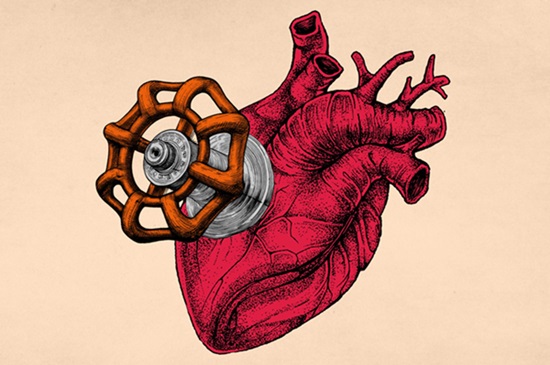New Cardiac MRI Technique Improves Diagnosis of Coronary Artery Disease
Posted on 28 Nov 2024
Heart disease remains the leading cause of death globally, claiming hundreds of thousands of lives annually, with coronary artery disease (CAD) being the most prevalent form. CAD occurs when fatty plaques, made up of cholesterol and other substances, accumulate in the arteries that supply blood to the heart. This buildup restricts blood flow, potentially leading to heart attacks and strokes. Cardiac magnetic resonance imaging (CMR) stress testing provides a noninvasive way for doctors to assess heart function and detect harmful blood flow blockages. CMR works similarly to an MRI for other body parts, allowing experts to gain a detailed, noninvasive view of the heart. To diagnose CAD, doctors often combine CMR with a stress test, where the patient is given medication to make the heart work harder. New research, however, suggests that combining CMR with blood-flow data could offer a more effective method for identifying CAD patients and also outperform human experts analyzing the images.
To assess whether "quantitative" CMR with blood-flow data could be more effective than traditional CMR stress testing in detecting CAD, researchers at the University of Virginia (Charlottesville, VA, USA) conducted a clinical trial across 10 global sites. The study involved 127 patients, with a mean age of 62. The team aimed to determine if quantitative CMR could differentiate between two types of CAD: “obstructive” and “nonobstructive.” Obstructive CAD, though less common, often requires treatments such as coronary artery bypass or heart stent surgery. On the other hand, nonobstructive CAD is considered less severe and typically treated with medications, though it can still cause heart attacks. The researchers found that incorporating blood-flow data significantly improved CMR’s ability to identify obstructive CAD.

According to the findings published in the journal Cardiovascular Imaging, 44% of participants (56 patients) had obstructive CAD, while 71 had nonobstructive CAD. The enhanced CMR technique was more effective in detecting obstructive CAD than both traditional CMR and the interpretation of scans by human doctors. As a result, this new approach outperformed human experts in analyzing the images. These findings could help reduce the need for invasive heart catheterization procedures. While this study focused on diagnosing obstructive CAD, further research is needed to explore how blood-flow measurements could benefit patients with other heart conditions, such as heart failure.
“These findings are important because it means that a non-invasive test like CMR can be used to help diagnose CAD even at medical centers that may not have highly experienced physicians available to interpret the test,” said researcher Amit Patel, MD, a cardiologist and imaging expert at UVA Health. “By including these novel blood flow measurements into the interpretation of the CMR test, we will be able to more accurately identify patients most likely to benefit from getting an invasive heart catheterization procedure.”














